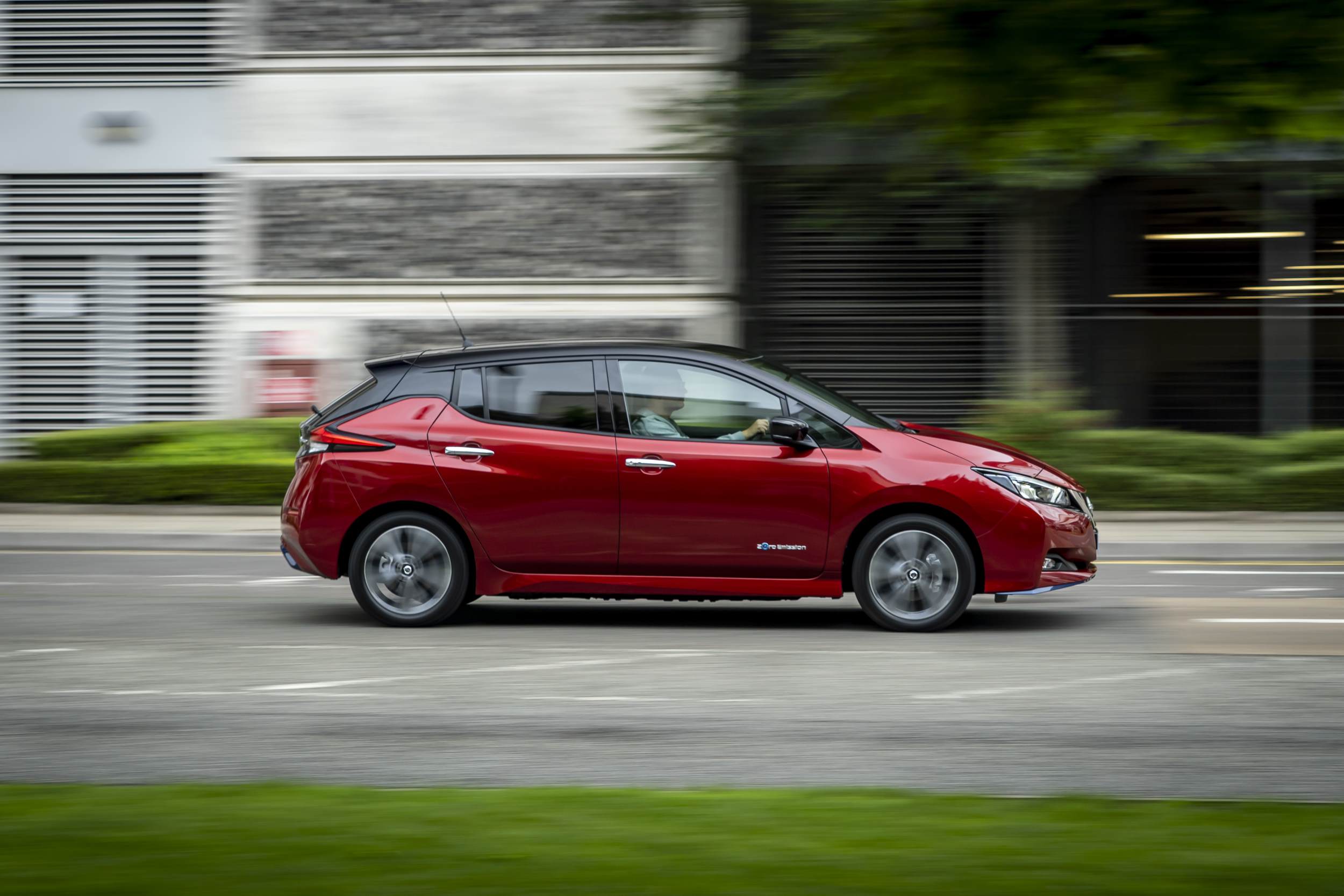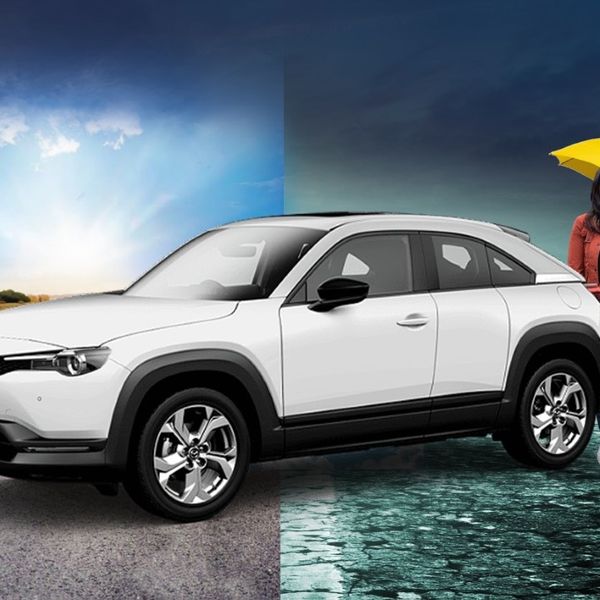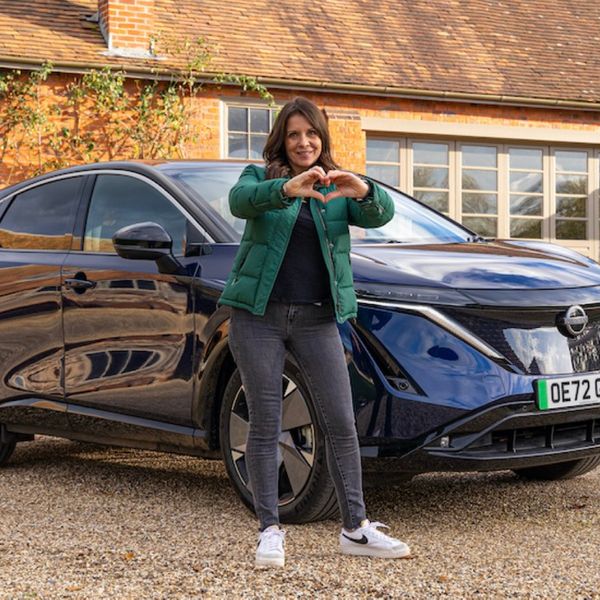“Will the National Grid be able to cope?” It’s one of the questions that comes up regularly as we head towards the 2030 ban on the sale of new electric and diesel cars. In reality, the infrastructure is already prepared for widespread charging and energy companies see this switch to electric cars as part of a solution rather than a problem.
This is because the battery fitted to an electric car is incredibly useful for storing energy, which can be fed back into the grid when demand is high, and recharged overnight when demand is low. Think of it like a water butt on your drainpipe – you collect rain when the garden doesn’t need water and then use it on your flowers when the weather is dry.
As a nation, we use a lot of electricity in the late afternoon and evening, when we put the dinner on to cook or millions of us sit down to watch our favourite soap on the TV - think of that as the drought. But then we go to bed, switch out the lights and use practically nothing for the rest of the night. While we sleep, the power stations can’t switch off and wind turbines can still turn so they can keep making power – that’s like the rain. Your battery can be the water butt to collect this electricity preventing it from going to waste.
![Nissan Leaf e plus]() The Nissan Leaf is like a water butt for cooking chips. Sort of.
The Nissan Leaf is like a water butt for cooking chips. Sort of. Vehicle to Grid - become a power station
As electricity is priced like any commodity, it rises and falls according to demand. A Megawatt Hour of power (the electric industry equivalent of a barrel of oil) costs your supplier more when you’re cooking oven chips at 7pm than it does when you’re tucked up in bed.
To help balance the demand, some electricity companies are trialling Vehicle-to-Grid technology, or V2G for short. Although still in its infancy, the idea is that at times of peak demand (remember those oven chips) your car will send electricity from its battery back into the grid.
In return for powering the nation, the energy provider pays the customers around 30p/kWh for exports - considerably higher than the national average electricity price of 14.37p/kWh.
This is where it gets clever. Many electric car owners will already know that suppliers offer a much cheaper ‘off-peak’ rate which can be a fraction of the usual peak rate. The reason why electricity is so much cheaper at night is that there’s very little demand (most of us are in bed) and generators such as wind farms and hydroelectric keep on spinning regardless of whether the sun is up.
![]() V2G makes renewable power sources more efficient
V2G makes renewable power sources more efficient Then the V2G units know to charge up overnight when demand is less. As they are selling the electricity at a ‘profit’, the average V2G customer on the trial is saving more than £300 per year on their bills and some are benefitting by as much as £800.
The idea of V2G having the ability to empty your battery may seem scary, but customers have total control - they can tailor the settings so that you always have enough charge to get where you need to go. For example, you know you are back from work and in for the evening so allow the system to borrow power for the evening peak (oven chips) but ask it to make sure you have 100% for the journey to work at 7am.
The web app allows you to keep an eye on what’s happening with live updates and to set charging schedules to maximise the savings. It also lets you track your data over time to help you manage your habits and see the impact of V2G in real time. You can override the system and charge if needed for unexpected journeys and you can also set a minimum charge level. For example, if you want to keep half the range for emergencies, it will stop borrowing power at 50%.
![]() The web app lets you track and control the system
The web app lets you track and control the system V2G can make a real difference to the way electricity is generated in this country, making the most of renewable sources and ensuring we don’t build unnecessary power stations.
Calculations based on data from OVO Energy’s V2G fleet shows that if the 164,000 electric cars currently on Britain’s roads were V2G-enabled, they could produce enough daily capacity to power 100,000 homes and support the grid. By 2030 there are expected to be around 5.5 million electric cars on British roads. If just half were V2G-enabled it would provide enough power for a lot of oven chips.
There are downsides, but they are comparatively small. Firstly, V2G works with most houses in the UK but some may need a main fuse upgrade to ensure they are ready to import or export more power. A small number of older homes may have a looped supply which is not compatible with V2G.
The bigger question mark is around battery life, as a V2G system is taking and charging power, just as if you were driving the car. As batteries ‘wear out’ with use some extra degradation might be expected, just as if you were using your petrol car’s engine as a generator to produce power.
While some studies* have shown that taking a lot of power out every day and rapidly recharging will accelerate the degradation of the cells, another** showed that a ‘smart’ V2G system can actually optimise the battery and slow down the battery’s capacity loss.This means that only can V2G earn you money, but it could actually actually improve the long term performance of your battery. Which sounds like a win-win-win-win-win to us.
![]() V2G can actually improve the health of your battery
V2G can actually improve the health of your battery .jpg?width=820&height=530) The Nissan Leaf is like a water butt for cooking chips. Sort of.
The Nissan Leaf is like a water butt for cooking chips. Sort of. 














